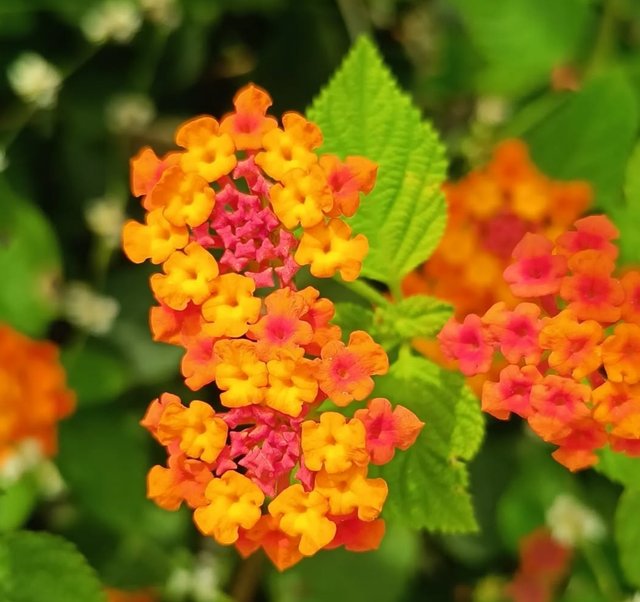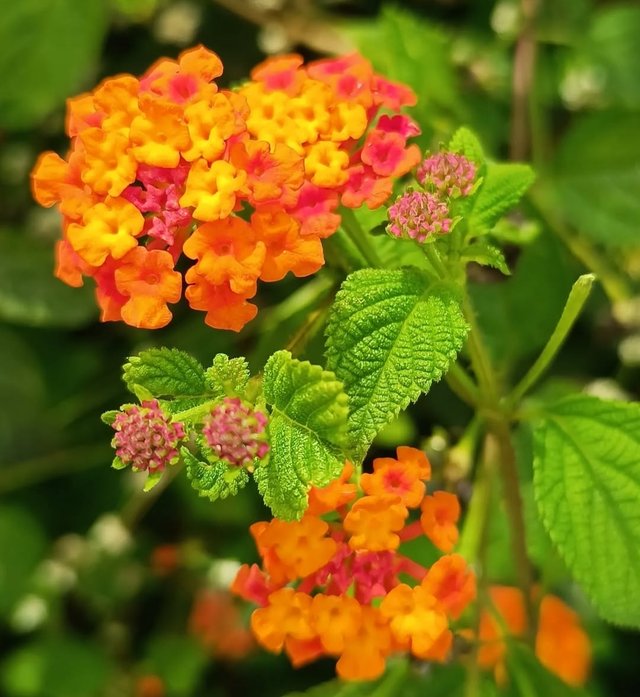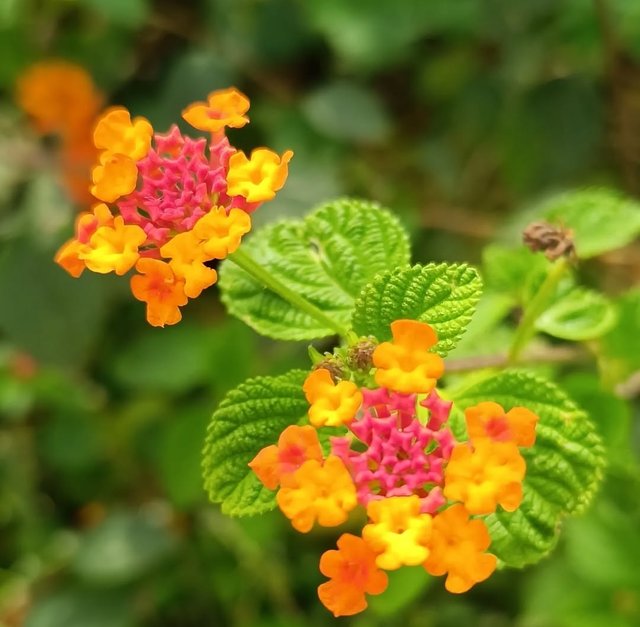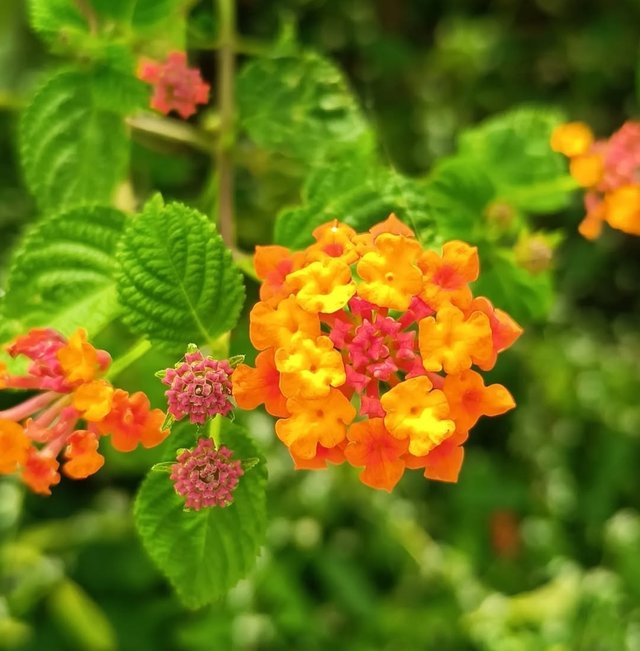West Indian Lantana Beautiful Yellow Colour Flower
Exploring West Indian Lantana: A Versatile and Vibrant Shrub
West Indian Lantana, commonly known as wild sage, shrub verbena, or tickberry, is a hardy and colorful plant native to Central and South America. Over the centuries, it has become naturalized in tropical and subtropical regions around the world, making it a familiar sight in gardens, roadsides, and forests. With its bright, multicolored flowers and robust growth habit, West Indian Lantana has much to offer, but its dual status as a valued ornamental plant and a notorious invasive species makes it a subject of both admiration and concern.
Botanical Description
West Indian Lantana is a perennial shrub that can grow up to 6 feet tall, though it is often pruned to maintain a smaller size. Its branches are square in cross-section, often thorny, and covered in rough-textured leaves that release a distinctive aroma when crushed.
The plant's flowers are its standout feature, appearing in small, clustered inflorescences called umbels. The blooms are typically a mix of yellow, orange, pink, red, or purple, with colors often changing as the flowers age. This color transformation is a unique trait that attracts a variety of pollinators, including butterflies, bees, and hummingbirds.
Lantana produces small, round berries that transition from green to dark purple or black when ripe. These berries are consumed by birds, which aid in seed dispersal. However, the plant's seeds and foliage are toxic to many animals, including livestock, due to the presence of lantadene, a potent toxin.
Ecological Importance
In its native range, West Indian Lantana plays a vital role in supporting biodiversity. Its nectar-rich flowers provide food for pollinators, while its dense growth habit offers shelter for small animals. Additionally, the plant is drought-tolerant and thrives in poor soils, making it a valuable resource in degraded landscapes.
However, its adaptability also makes it a formidable invasive species. In many parts of the world, including Australia, Africa, and Asia, Lantana camara has spread aggressively, outcompeting native plants and altering ecosystems. Its dense thickets can smother native vegetation, reduce biodiversity, and increase the risk of wildfires.
Cultivation and Uses
Despite its invasive tendencies, West Indian Lantana remains a popular ornamental plant. Its vibrant flowers and low maintenance requirements make it a favorite for gardens, hedges, and erosion control projects. There are numerous cultivars with different flower colors and growth habits, offering versatility for landscaping purposes.
In traditional medicine, various parts of the plant have been used to treat ailments such as respiratory infections, wounds, and skin conditions. However, due to its toxic properties, caution is advised when using the plant for medicinal purposes.




